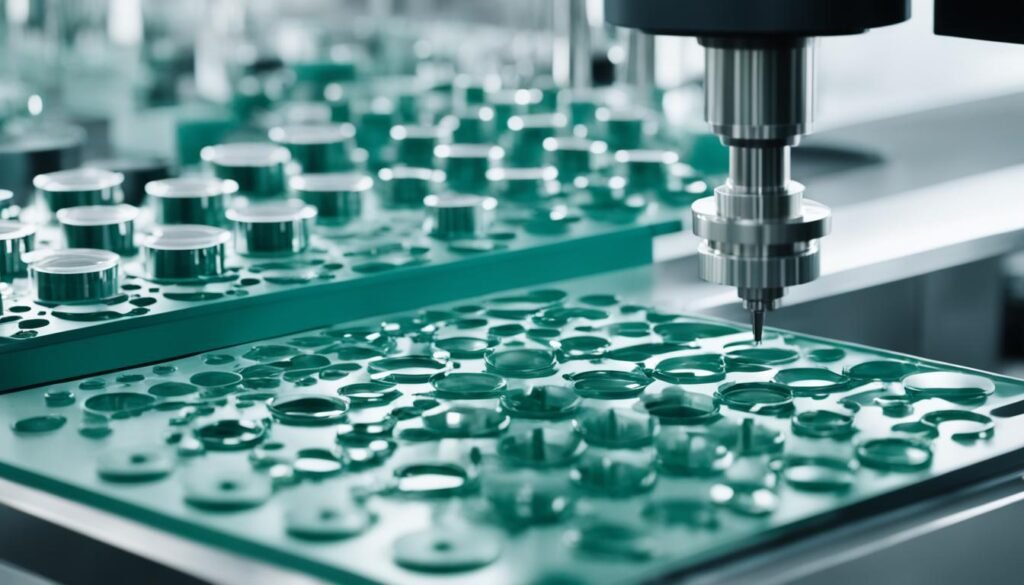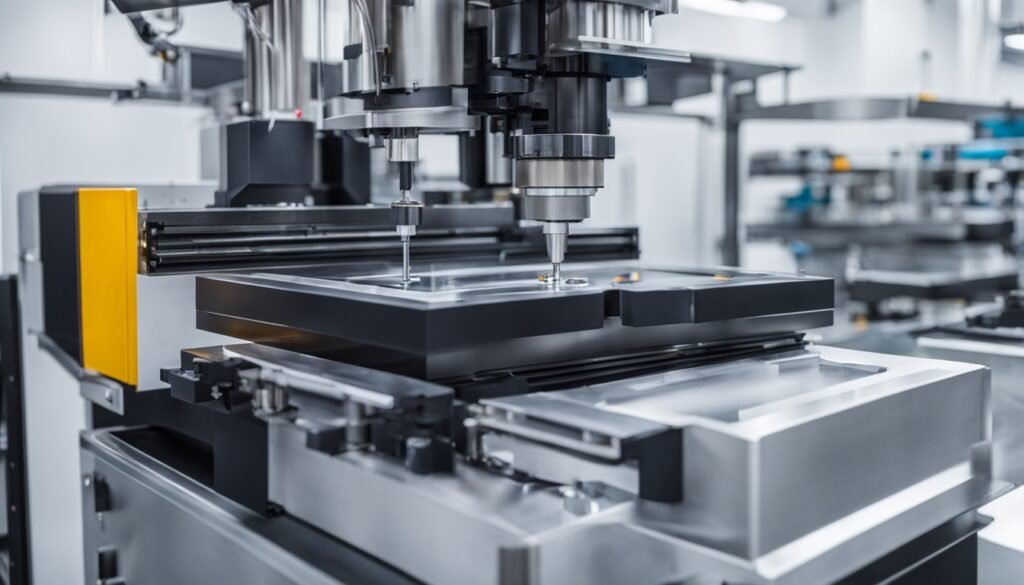Advancements in Injection Molding Optical Lenses
In the world of precision optics manufacturing, the evolution of THY Precision Injection Molding Optical Lenses techniques has unlocked new frontiers for producing high-quality optical lenses. As the demand for advanced optical solutions continues to rise, the industry is witnessing a surge of innovative approaches that are transforming the way lenses are designed, molded, and manufactured.
Have you ever wondered how the lenses in your favorite pair of sunglasses or the camera in your smartphone are produced with such remarkable precision and consistency? The secret lies in the advancements in Injection Molding Optical Lenses techniques for optical lenses, a field that is constantly pushing the boundaries of what’s possible.
In this article, we’ll explore the latest developments in Injection Molding Optical Lenses technologies that are revolutionizing the optical lens industry. From precision manufacturing methods to innovative molding processes and strategies for improving lens quality, we’ll uncover the insights that are shaping the future of this dynamic market.
Key Takeaways
- Discover the latest advancements in Injection Molding Optical Lenses techniques for producing high-quality optical lenses
- Gain insights into precision optics manufacturing methods and innovative lens molding processes
- Explore strategies for optimizing lens quality, reducing costs, and accelerating production times
- Understand the industry trends and best practices for leveraging Injection Molding Optical Lenses technology in the optical lens market
- Explore the role of simulation and automated lens production in driving efficiency and consistency
Introduction to Injection Molding Optical Lenses for Optical Lenses
In the world of precision optics manufacturing, Injection Molding Optical Lenses plays a crucial role in the fabrication of high-quality optical lenses. This advanced technique allows for the mass production of intricate lens components with exceptional accuracy and consistency.
Precision Optics Manufacturing
The manufacturing of precision optical components, such as lenses, requires meticulous attention to detail and advanced processing methods. Injection molding, with its ability to create complex shapes and maintain tight tolerances, has become an essential tool in the production of optical lenses. By carefully controlling factors like mold design, material selection, and process parameters, manufacturers can ensure the consistent creation of lenses that meet the stringent requirements of various industries, from consumer electronics to medical devices.
Lens Molding Processes
The injection molding of optical lenses involves a variety of specialized processes, each tailored to the unique properties and requirements of the materials used. Thermoplastic polymers, such as polycarbonate and polymethyl methacrylate (PMMA), are commonly employed in the production of lenses due to their optical clarity and ease of processing. Thermoset polymers, on the other hand, offer enhanced thermal and mechanical stability, making them suitable for applications that demand greater durability.

Regardless of the specific material used, the injection molding process for optical lenses follows a systematic approach, beginning with the design of the mold cavity and ending with the final inspection and packaging of the finished product. This meticulous process ensures that each lens meets the stringent quality standards required for precision optics applications.
Injection Molding Optical Lenses Techniques for Optical Lenses
Crafting high-quality optical lenses requires precise Injection Molding Optical Lenses techniques. At the heart of this process lies the selection and careful handling of specialized optical polymers. These polymers, engineered to meet the stringent demands of optics manufacturing, are the foundation for producing lenses with exceptional clarity and consistency.
Optical Polymer Molding
The choice of optical polymer is crucial in determining the final lens properties. Factors such as refractive index, dispersion, and thermal stability must be meticulously balanced to achieve the desired optical performance. Skilled engineers carefully optimize the polymer formulation and injection molding parameters to ensure a flawless end product.
Mold Design for Lenses
Precision mold design is another critical element in the injection molding of optical lenses. Complex mold geometries, intricate cooling systems, and advanced simulation tools are employed to create molds that can produce lenses with exacting specifications. This attention to detail helps to minimize warpage, stress, and other potential defects that can compromise the lens quality.
Lens Defect Prevention
Vigilance is key in the prevention of lens defects. Rigorous quality control measures, such as in-process monitoring and statistical process control, are implemented to identify and address potential issues before they manifest in the final product. By proactively addressing potential sources of defects, manufacturers can ensure a high yield of optically flawless lenses.
The synergy of advanced optical polymer selection, precision mold design, and robust defect prevention strategies are the hallmarks of cutting-edge injection molding techniques for optical lenses. These innovations enable the production of high-performance optics that meet the evolving demands of the industry.

| Key Considerations | Importance |
|---|---|
| Optical Polymer Selection | Ensures desired lens properties like refractive index, dispersion, and thermal stability |
| Mold Design | Enables the creation of complex lens geometries with minimal defects |
| Defect Prevention | Maintains a high yield of optically flawless lenses through quality control measures |
Conclusion
The advancements in injection molding techniques for optical lenses have paved the way for a new era of precision manufacturing. By leveraging innovations in Cycle Time Optimization, Lens Material Selection, Injection Molding Simulation, and Automated Lens Production, the industry has achieved remarkable progress in delivering high-quality, cost-effective optical components.
The implementation of these cutting-edge techniques has resulted in significant improvements in production efficiency, reduced waste, and accelerated turnaround times. Manufacturers can now seamlessly integrate Injection Molding Simulation into their workflows, enabling them to optimize mold designs and anticipate potential issues before the actual production begins.
As the demand for optical lenses continues to grow, the role of injection molding technology will become increasingly vital. Sustained innovation in this field will empower manufacturers to meet the evolving needs of the market, ensuring a steady supply of reliable and affordable optical products. By embracing these advancements, the industry is poised to shape a future where precision, efficiency, and cost-effectiveness go hand in hand in the production of optical lenses.







